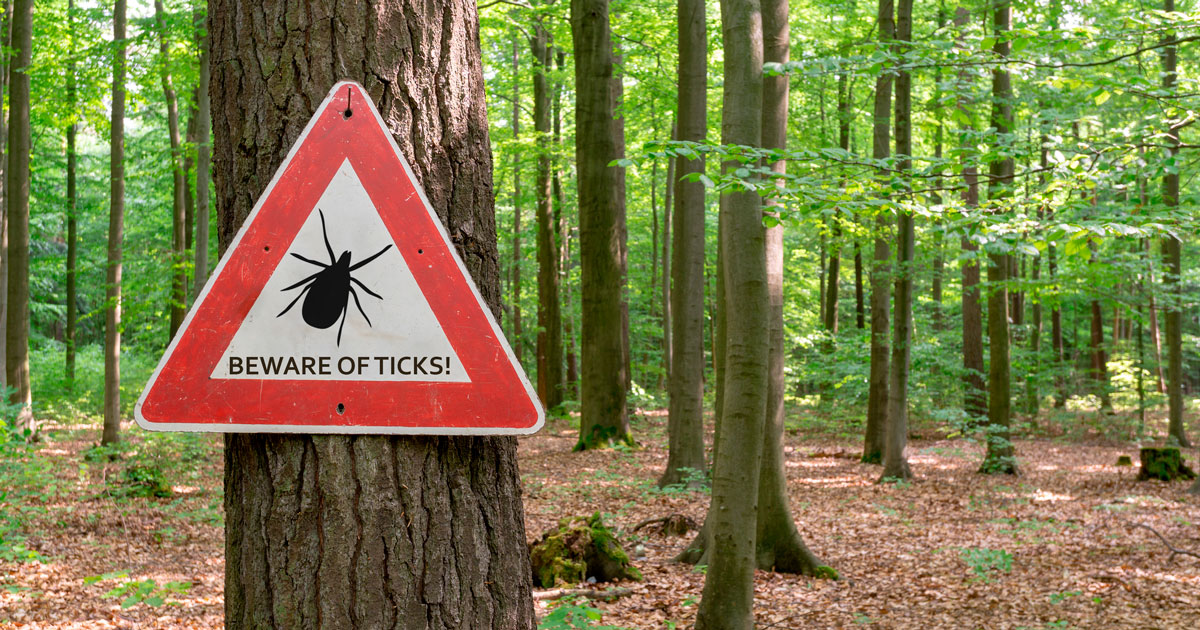Alpha-gal syndrome is a type of food allergy to mammalian meat which includes beef, pork, lamb, or even sea mammals. Most people who develop alpha-gal syndrome in the U.S. develop the condition after a Lone Star tick bites them. The Lone Star tick transmits a sugar molecule called alpha-gal into the body and in some people, this triggers an immune system reaction that later produces allergic reactions when they eat red meat. Reactions can vary in severity and often take hours to develop, whereas allergic reactions to other foods usually develop immediately. This delay has led to difficulty in connecting the food to the reaction and why researchers believe the condition was overlooked until recent years.
Reactions to alpha-gal syndrome may vary, and the severity of each reaction is unpredictable. People may not always experience the same symptoms during each reaction due to the amount of the allergen they are ingesting.
Symptoms include:
- urticaria (hives)
- swelling of the face, lips, tongue or other body parts
- nausea
- stomach cramps
- indigestion
- vomiting
- diarrhea
- sneezing
- headaches
- in severe cases, death from anaphylaxis
Individuals experiencing unexplained allergic reactions who test negative for common food allergies may have alpha-gal syndrome. A thorough evaluation by an allergist experienced with this condition is recommended. Currently, the only treatment is avoiding red meat, and patients should always carry an epinephrine auto-injector.
The lone star tick, primarily found in the southeastern U.S., is the main cause of alpha-gal syndrome, with most cases occurring in this region. Preventing this red meat allergy starts with avoiding tick bites. Use insect repellent in wooded or grassy areas, wear long sleeves and pants, and conduct a full-body tick check after outdoor activities. According to the U.S. Centers for Disease Control and Prevention, the risk of lone star tick bites is highest in early spring and late fall.

